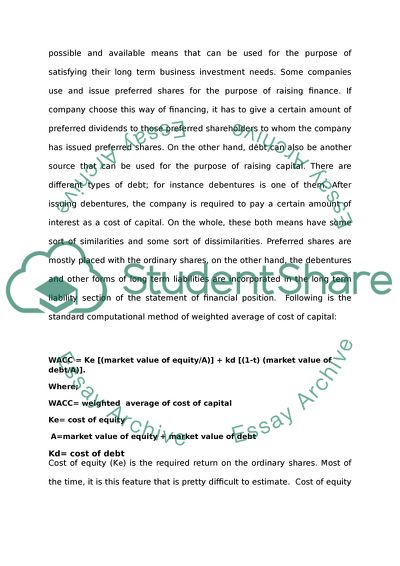Cite this document
(“International Cost of Capital Assignment Example | Topics and Well Written Essays - 1750 words - 1”, n.d.)
International Cost of Capital Assignment Example | Topics and Well Written Essays - 1750 words - 1. Retrieved from https://studentshare.org/finance-accounting/1749486-international-cost-of-capital
International Cost of Capital Assignment Example | Topics and Well Written Essays - 1750 words - 1. Retrieved from https://studentshare.org/finance-accounting/1749486-international-cost-of-capital
(International Cost of Capital Assignment Example | Topics and Well Written Essays - 1750 Words - 1)
International Cost of Capital Assignment Example | Topics and Well Written Essays - 1750 Words - 1. https://studentshare.org/finance-accounting/1749486-international-cost-of-capital.
International Cost of Capital Assignment Example | Topics and Well Written Essays - 1750 Words - 1. https://studentshare.org/finance-accounting/1749486-international-cost-of-capital.
“International Cost of Capital Assignment Example | Topics and Well Written Essays - 1750 Words - 1”, n.d. https://studentshare.org/finance-accounting/1749486-international-cost-of-capital.


